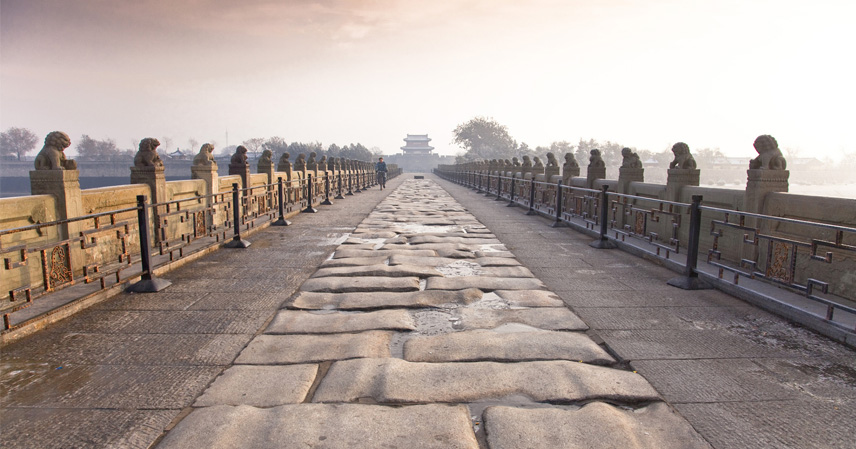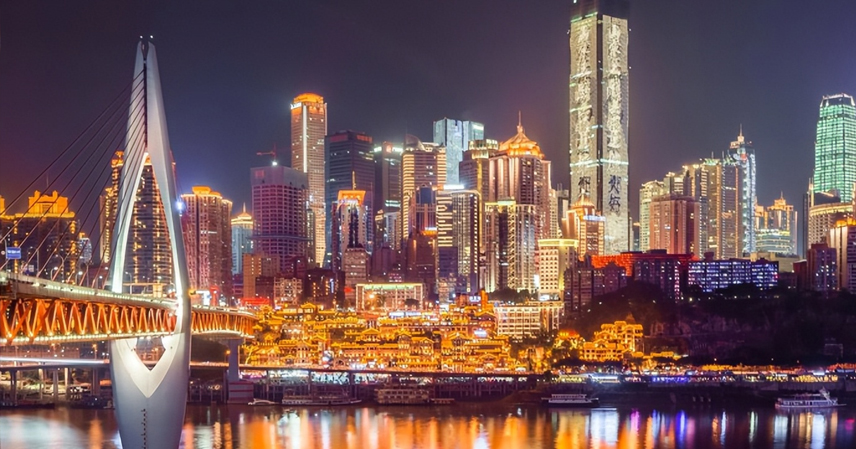A bridge meant for passage has become a flashpoint for fees. On October 1, 2025—the kickoff of China’s National Day—Lugou Bridge (aka Marco Polo Bridge) unveiled a 20 RMB entry charge, igniting over 100 million online debates. This 12th-century span, site of the 1937 incident sparking the Second Sino-Japanese War, now demands payment to ponder its past. Critics cry foul: “Paying to pay respects feels off.” Supporters counter: “Sustaining heritage demands dollars.” Who’s right? Once a free crossing, it’s now a debated barrier—would you shell out for solemn memories?
Tiered pricing—20 RMB standard, student discounts, free for seniors and kids—fueled instant divides. Pro-fee voices argue: “Lugou Bridge‘s upkeep isn’t cheap; without funds, it’ll crumble.” Opponents retort: “War memorials should be accessible to all—monetizing tragedy?” Jabs fly: “Do the fallen need tickets too?” At stake: Is this safeguarding legacy or selling it? Clarity eludes amid the noise.

Layers peel like an onion. Officials cite safety and eco-needs for revenue. Experts split: Some hail boosted conservation; others warn of alienating audiences. A Beijing elder posted: “Childhood bird-watching spot now feels like a mall.” Youths puzzle: “Culture commodified? Honoring heroes shouldn’t scan a wallet.” Doubts linger: Does the ticket price preserve or partition history?
Initial frenzy—media frenzy, netizen rants—hinted at quick backlash fade. Yet, ripple effects emerged: Nearby sites eye fees, turning relics into “branded assets.” Promises ring: Income earmarked for repairs. Skeptics scoff: “If it pads pockets, what’s the point?” Fears mount: Patriotism’s free pass vanishing, everywhere a QR code. Tempers cool, but unease simmers—unspoken.
A historical nugget resurfaced: Post-1949, Lugou Bridge briefly went gratis, drawing communal tributes. Decades fee-free, why now? Probes reveal: Decade-long hikes at war sites stem from repair burdens and tourism economics. “Memorialize while monetizing”—a sigh echoes. Query sharpens: Starve sites or sustain smartly? Footfalls shift from nostalgic echoes to digital dings.
Post-policy tweaks? Visitor dips chilled vendors; scammers peddled fakes, prompting ID checks and extra guards—ironic cost hikes. Stances harden: Boycotts vow “detours over dollars”; pragmatists shrug “decay’s pricier.” Core clash: Universal access vs. valued upkeep. Bridge-building? Tougher than the span.

This crossing, once communal, risks class lines: Fees for fixes, but beware “tiered tributes” favoring the flush. Cheers for “21st-century self-sufficiency” ring hollow—heroes as “brand ambassadors”? Intent: Guard the past. Pitfall: Profit pretext, turning stewards into cashiers. Funds in, fixes out? Accountability first. Ideal: Visits feel worthy, beyond the wallet.
Lugou Bridge: Classroom of conflict or counter of commerce? Pay for “thoughtful tribute,” or gratis for genuine grief? All sites charging—VIP veterans? Weigh in: Fork over 20 RMB, or walk away? Your take?
References
- Travel China Guide: Marco Polo Bridge Overview
- TripAdvisor: Lugou Qiao Reviews
- Wikipedia: Marco Polo Bridge Incident
- Trip.com: Marco Polo Bridge Tickets 2025
- ResearchGate: Tourism to Lu Gou Qiao



